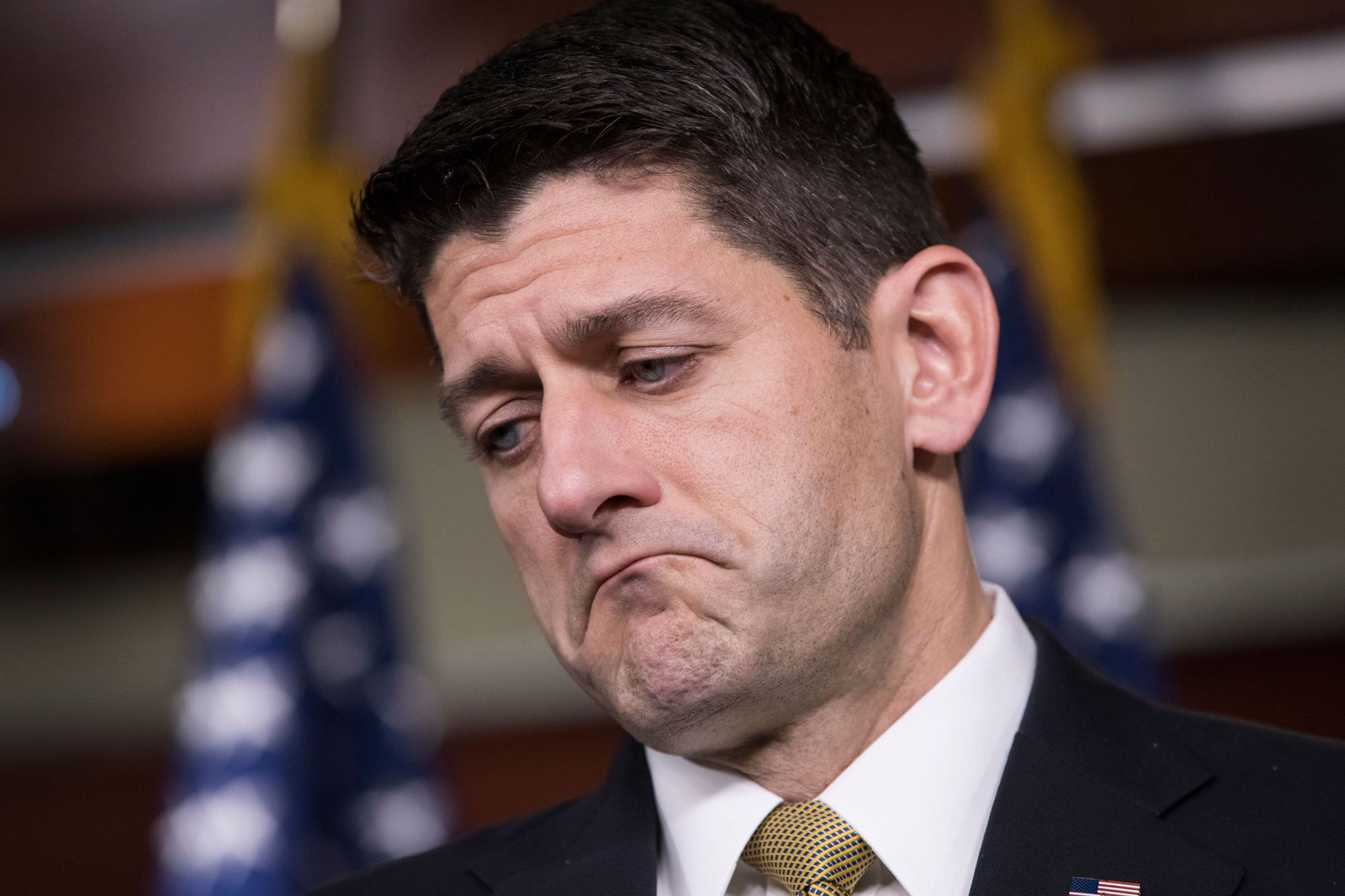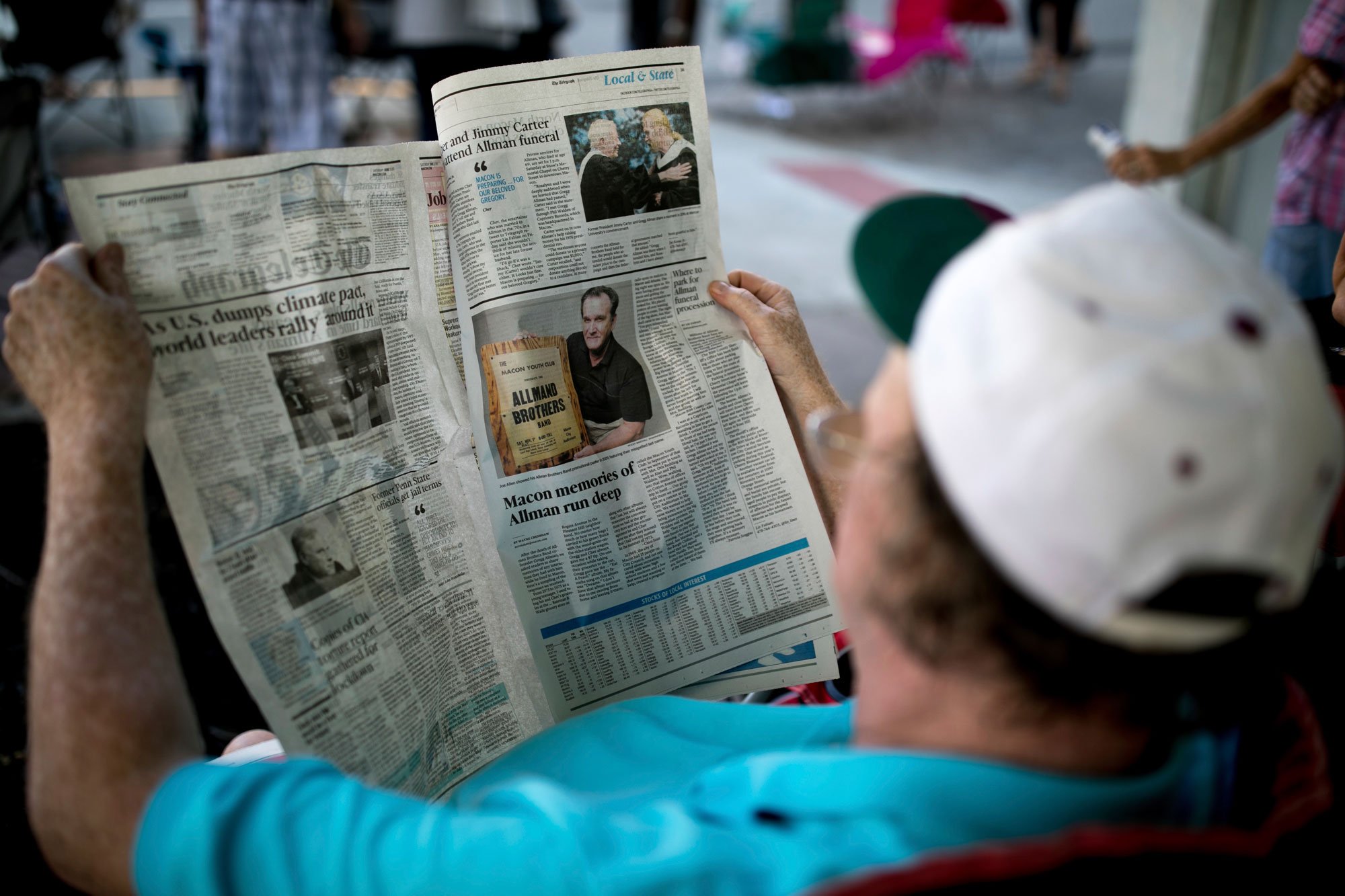Once, at a town hall in Wisconsin, someone asked known anti-poverty crusader Paul Ryan (R-WI) the following question:
“I know that you’re Catholic, as am I, and it seems to me that most of the Republicans in the Congress are not willing to stand with the poor and working class as evidenced in the recent debates about health care and the anticipated tax reform. So I’d like to ask you how you see yourself upholding the church’s social teaching that has the idea that God is always on the side of the poor and dispossessed, as should we be.”
Get TalkPoverty In Your Inbox
It’s a tricky one, but if you want to simultaneously cut taxes for rich people and benefits for poor people, you need to be ready for it. So, just in time for the tax debate, I’ve written a handy step-by-step guide on how to convince your constituents that a help-the-rich, whack-the-poor agenda is really what’s best for everybody:
1. Say you share the same goals.
Let’s be honest: It sounds pretty bad to say that you want to take from the poor to give to the rich. So, don’t do it! The trick here is to convince people that you’re with them on the importance of helping the poor. You just disagree about “how to achieve that goal.”
Congratulations! You’ve just turned a profound moral question about whether we should help the poor or the rich into what appears to be a minor disagreement between ethically equivalent opinions.
2. Direct attention away from what it means to be poor.
Lots of people think poor people simply don’t have enough money to meet their families’ basic needs. You know better. Tell them what the poor really need is “upward mobility,” “economic growth,” and “equality of opportunity.” Not only do these airy concepts all sound really good—who could be against any of them?—they also let you pivot away from the obvious solution: giving people the money, food, health care, and other necessities they lack.
True, Ryan’s agenda doesn’t provide any of those things. But don’t worry! If you just repeat the lie that tax cuts for the rich spur economic growth, no one will even have time to dig into the intimate connection between inequality of outcomes and inequality of opportunity.
3. Imply that poor people’s personal failings are what’s holding them back.
You can’t pull off the enlightened nice-guy routine if you’re blaming poor people for their problems outright. You need to do it subtly. Instead of saying, “Poor people are poor because they’re lazy,” try saying, “We’ve got to change our approach … and always encourage work, never discourage work.” Never mind that most people who can work already do, or that wages are so low it’s possible (and quite common) to work full-time and still be in poverty. People are predisposed to believe that our success relative to those less fortunate is a result of our superior work ethic and talents, rather than a product of race, class, gender, and/or other forms of privilege and sheer dumb luck. The more you tap into that inclination, the more people will oppose helping those less fortunate and support imposing burdensome requirements on the Have Nots instead.
4. Choose unrepresentative examples and statistics.
Paul Ryan loves to tell people that “our poverty rates are about the same as they were when we started [the] War on Poverty,” which is more or less what the official poverty measure shows. Does it bother him that the official measure excludes the effects of the very programs he says aren’t working? Nope. It shouldn’t bother you, either. You also shouldn’t feel obligated to mention the Supplemental Poverty Measure, which shows that anti-poverty programs cut poverty nearly in half and have reduced poverty by 10 percentage points since the late 1960s. After all, Ryan doesn’t!
Similarly, Ryan likes to lament the case of “a single mom getting 24 grand in benefits with two kids who,” because of the way the safety net is designed, “will lose 80 cents on the dollar if she goes and takes a job.” The extraordinary rareness of this case doesn’t phase him, nor does the fact that his proposed remedies for this problem make life for that single mom—and thousands of others—much worse. He’s fine with leaving those inconvenient details out, and you should be fine with doing so, too.
5. Hammer “focus on outcomes” rhetoric.
Focusing on outcomes is popular in many fields, so this talking point—that “instead of measuring success based on how much money we spend or how many programs we create or how many people are on those programs … [we should] measure success in poverty on outcomes”—is very effective. The fact that nobody actually measures program effectiveness by how much money we spend or by the number of programs we create is irrelevant, as is the large and growing body of research showing that the safety net boosts the long-run outcomes of children growing up in poor families. As long as you contend that we currently don’t focus on outcomes, you can make our anti-poverty programs seem misguided.
There will always be those who oppose funneling money from low- and middle-income Americans to the wealthy and corporations. But if you stick to these tried-and-true steps from Paul Ryan, before you know it, you’ll have convinced a constituency (and perhaps even yourself!) that helping the rich is actually about helping the poor. Or, at the very least, people will be too confused to know the difference.
Editor’s note: This article originally appeared on 34justice.com. It has been edited for length and content.












